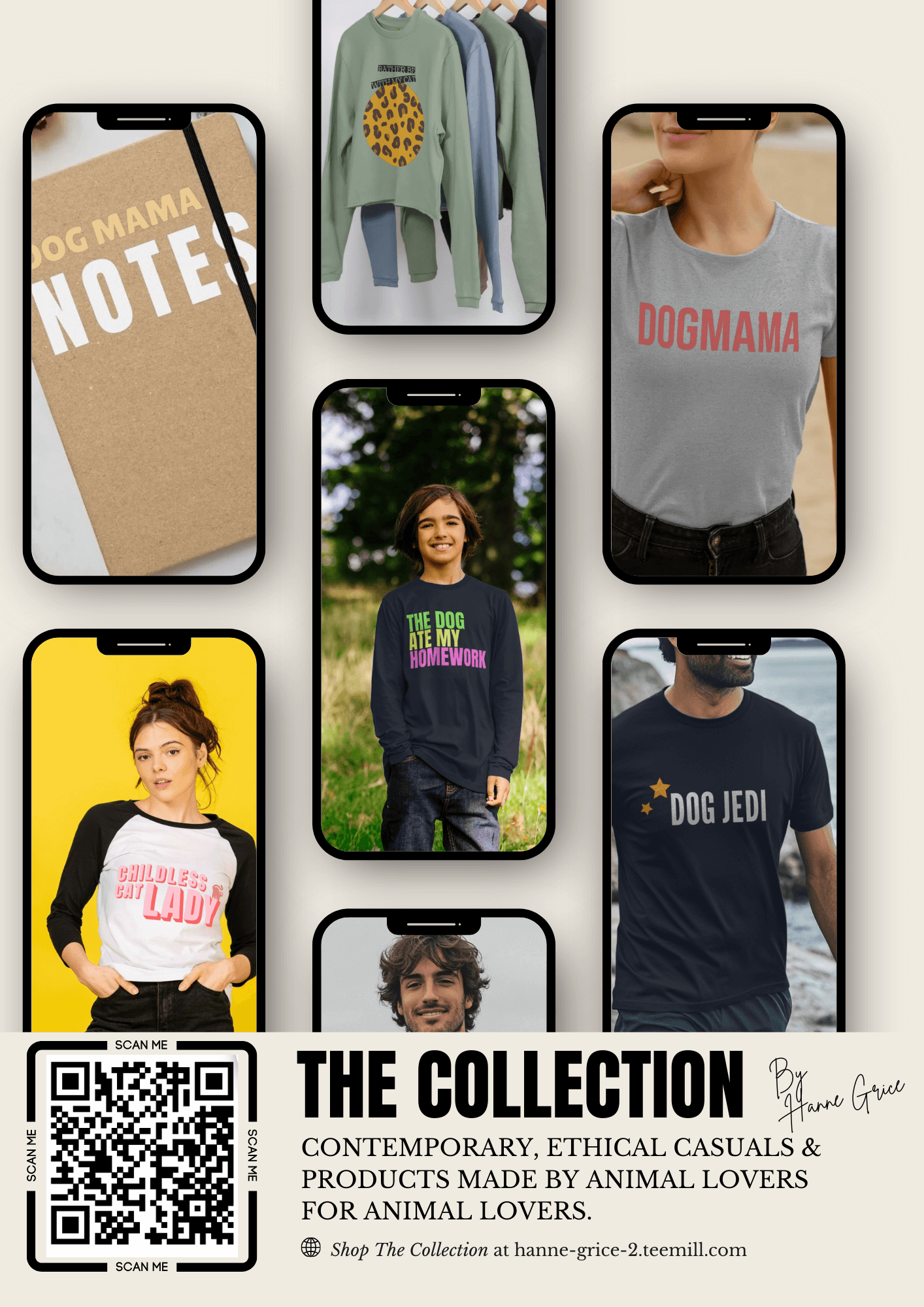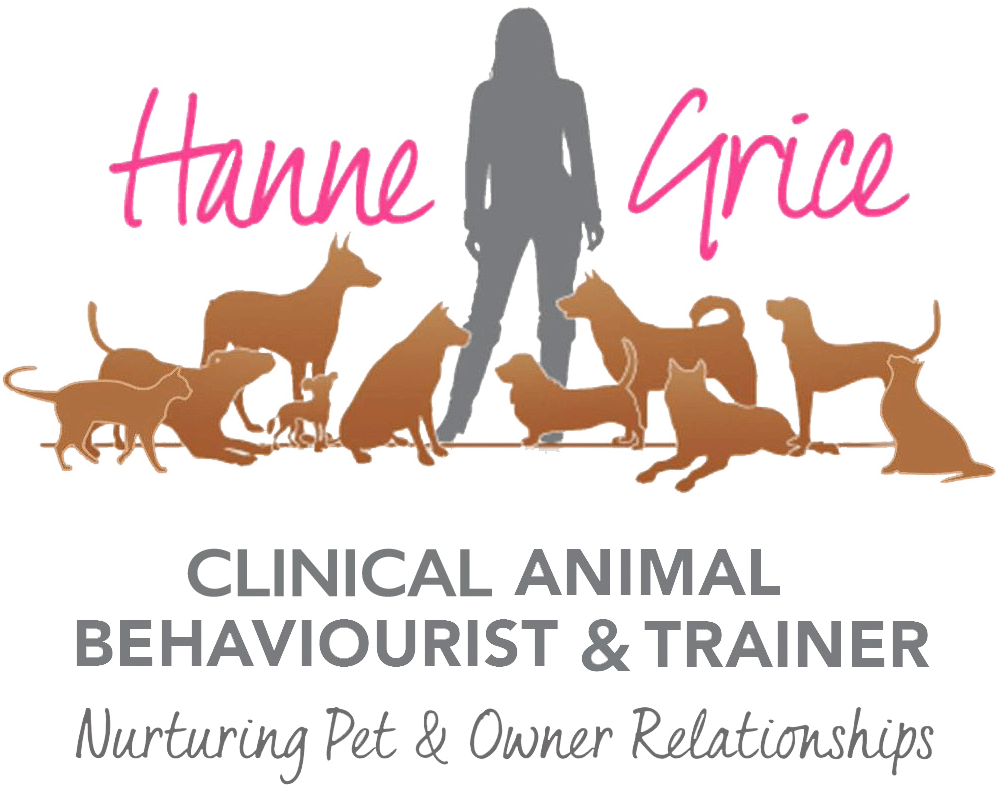Arrive before class every Saturday at Puppy & Dog School and you will get to meet the youngest member of the team – my 17 month old. For the purpose of this article, I will refer to her as my ‘Little One’ (LO for short).
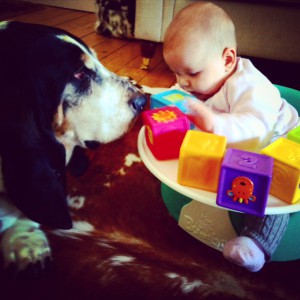 Since birth, LO has been fortunate enough to be surrounded by animals from horses and rabbits to dogs and cats, LO has met and watched me work with numerous species. And, LO is already proving to be a great trainer in the making. While it was important to me that my baby and animals bonded, my main focus has always been on making sure they all had positive and safe experiences with one another. So passionate am I about this, that well before I had my own little one, I had been researching the topic of dogs and babies for many years, conducting various studies on the subject and published articles. In fact, there is such a paucity in scientific data relating to the owner-dog relationship pre- and post-partum that it was the basis of my MSc thesis which produced some fascinating results.
Since birth, LO has been fortunate enough to be surrounded by animals from horses and rabbits to dogs and cats, LO has met and watched me work with numerous species. And, LO is already proving to be a great trainer in the making. While it was important to me that my baby and animals bonded, my main focus has always been on making sure they all had positive and safe experiences with one another. So passionate am I about this, that well before I had my own little one, I had been researching the topic of dogs and babies for many years, conducting various studies on the subject and published articles. In fact, there is such a paucity in scientific data relating to the owner-dog relationship pre- and post-partum that it was the basis of my MSc thesis which produced some fascinating results.
Having navigated the path of LO’s first year successfully (and safely) as well as helping clients for many years with their own dog and baby introductions, you could well ask – what happened next?
Beyond babies – the Toddler Zone…
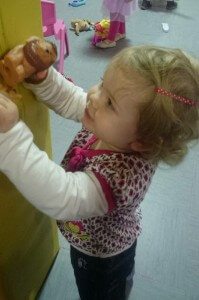 Just a few months ago something beyond the gurgles and flailing arms occurred. It started off with wobbles, but then clear attempts of movement were being made. LO was making one small step (literally) for her, but one giant leap for ‘baby-kind’, yes folks – like a Hitchcock film, we entered the Toddler Zone.
Just a few months ago something beyond the gurgles and flailing arms occurred. It started off with wobbles, but then clear attempts of movement were being made. LO was making one small step (literally) for her, but one giant leap for ‘baby-kind’, yes folks – like a Hitchcock film, we entered the Toddler Zone.
In the last six months, we’ve moved from a bum shuffle to full throttle…there’s no sitting still for us, there’s no chair too steep to venture, nor a cupboard not to be investigated. We are ‘go for launch’. But, Houston – this could be a problem for pets.
Keeping your toddler and dog safe
I am a big fan of good dog and environmental management. Why? Because it means you can often avoid a problem in the first place. But role modelling is also important. If your dog is on his bed and you go up to him to make a fuss, why should your toddler do any different when Fido is sleeping? This is where a potential mishap could occur, so here are my top tips for keeping your toddler and dog safe.
- Ensure your dog has access to a ‘chill out zone’. If you haven’t already established an area from when baby started to crawl, now is the time to get this sorted. Your dog’s safe or ‘chill out’ zone should be a place where he can go to rest or retreat without being disturbed by your toddler. This should be a place or area that your pooch has a really positive association with – such as where he gets fed and is played with. Use a baby gate or taller dog gate to create an entry/exit into this area. Using a gate allows your dog to still see what’s happening and feel part of the gang. Importantly, it also enables you to praise and reward your pooch for calmness, creating what the Americans call a ‘success station’ which I like because it says what it does on the tin!
- Always call your dog to you and your toddler. Teach your toddler to always invite your dog to them rather than them ever going to the dog. By inviting the dog to come to you and your toddler, this gives your four-legged friend the option to chose whether to approach or not. This avoids overwhelming your dog or making him feel uncomfortable with any on-coming advances from your toddler.
- Avoid toddler’s access to dog bowls and toys. Most toddlers have very little awareness of others let alone another species. So, avoid putting your dog in a situation where he may feel compromised. An example is around his food, dog treats and toys. These should stay in your dog’s safe zone and away from little curious fingers.
- No parents at home, doggie stays alone. If you’ve got the babysitter around to watch over your toddler when you cannot be home, it’s best to keep your dog in their chill out zone. Some dogs may feel more protective over your toddler and property, or feel vulnerable when there are people they know less well in the house. And, even if it is someone the dog knows well, it is a big ask for that carer to watch over both your toddler and your dog. Instead keep your dog in their zone and leave him something scrummy like a well-stuffed frozen Kong for him to enjoy when you are away. This will give him a burst of happy hormones, and helps promote an association of safe departures when you have to leave the house. Click here for Kong recipe ideas.
- Involve your toddler in safe dog games. Playing with your dog and toddler is a great way to build bonds, and teaches your child about appropriate play with your pet. See my book Playing With Your Dog for ideas such as ‘What Pot Is It Under’ and word / toy association games like ‘As Smart As Rico’.
- Teach your toddler how to pet your dog. You are your toddler’s role model, so they will copy your behaviour. Right from the ‘get go’ teach your little one the safest way to pet your dog. I use the word “gentle” when I’m overseeing interactions between my toddler and my pets. Show your child how to carefully stroke your pet. Never allow them to grab your dog’s fur, ears or tail. Avoid letting them push their face, arms or legs into your dog’s face or body, and never allow them to climb onto your pet. Instead, praise your toddler and your pooch for calm interactions. Show them how pleased you are when they are being good – they’ll both love you for it.
- Never leave your pet and toddler alone. It sounds obvious right? But even stepping out of the room for a split second may lead to an incident. Even the best behaved dog may be put into a situation where he feels he has no other choice but to growl, snap or worse – bite, if he feels his safety is compromised. Remember toddlers, just like dogs, are unpredictable!
And finally…
Dogs can find small children, especially toddlers, scary even if they live under the same roof. I’ve already mentioned that toddlers are unpredictable but they also move erratically, they can be noisy and because they are small they are at your dog’s eye level too. Learning to read your dog’s body language is a great way to understand how he is feeling about an interaction, and consequently whether to allow it to continue or not. These pre-emptive signs of aggression can be subtle, for example when the dog is under mild pressure you might see rapid blinking, a lip lick or a momentary freeze, holding of breath or a head turn. When the dog is under extreme pressure, more obvious signs may occur, including: backing away, muzzle twitch, air snap, growling or at worse – a bite. Teaching your child the early warning signs that your dog is feeling uncomfortable will help keep them both safe and avoids your dog having no choice but to escalate his behaviour to make things stop.
Check 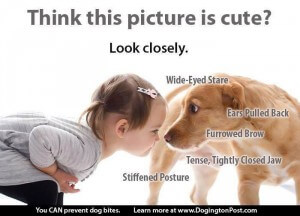 out this photo from Doggington Post which illustrates neatly some of the warning signs that the dog is uncomfortable in this situation.
out this photo from Doggington Post which illustrates neatly some of the warning signs that the dog is uncomfortable in this situation.
By following these simple rules above, you can help create a safer and happy environment for both your toddler and pet. Whether you are pregnant, a new parent or you have entered the Toddler zone, if you’d like some help do get in touch.
Recommended reading for pre- and post-partum parents: Kendal Shepherd’s Canine Commandments.
Learn more about our classes
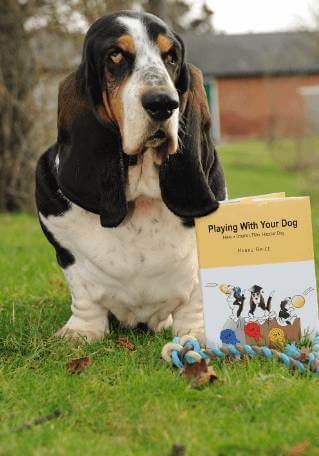
Get Hanne's book, clothing and more
Hanne has a number of publications including her book Playing With Your Dog to help owners work out the games that are best suited for their pet to play throughout his life, from puppyhood to old age, available from Amazon. Check out Hanne's range of contemporary casuals The Collection – for pet lovers made from recyclable, organic materials that are sustainably sourced.
